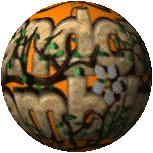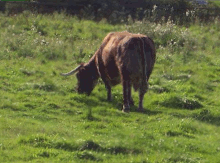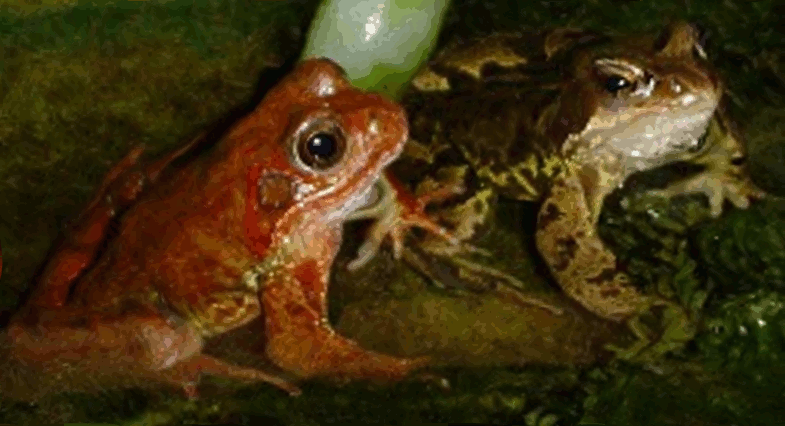Hazelnuts, cobnuts and filberts all taste similar and offer a natural package of multivitamins and minerals that make them worthy of being fit for a king or queen. They are, however, extremely bitter and so have lost their popularity except in various ready prepared foodstuff favourites. It is easy to make this nut sweet, mellow and magnificent and once you know how, they can become part of your daily nutrition of excellence. All it takes to sweeten the hazelnut (cobnut or filbert) is a little heat. Either place them on a baking tray in the oven for ten minutes on a medium heat or under the grill or stir them in a pan on the top of the stove. The heat slightly roasts the nut and sweetens the flesh. I always leave on the brown skin but this is easily removed if you prefer an extra sweet nut – place the cooked nut into a tea-towel or clean cloth and gently roll the package on a hard surface with your hands. The outside brown flesh all falls off leaving just the fleshy inner nut, clear of the skin and they are ready to eat and enjoy. They may be added to cereals, cakes, chocolate, eaten by themselves .. so many choices.
See below for the vitamins and minerals that each nut is packed with.
Hazelnut, Kentish cobnut, filbert – all look and taste very similar – so much so that it would probably take a professional chef to be able to tell them apart by taste alone.
A little note to add why hazelnuts or their cousins should be part of your daily diet – here is what they contain in alphabetical order:
Minerals – calcium, copper, iron, magnesium, manganese, phosphorous, potassium, selenium, zinc and quite a few other trace amounts of other minerals not listed here.
Vitamins – Vitamin A, B1, B2, B3, B5, B6, B9, C, E, K, other tiny amounts of various vitamins.
Ten large hazelnuts are only 80 calories and yet they help to maintain a good and sensible weight as they are slow to digest keeping a person feeling satisfied for hours.












































































